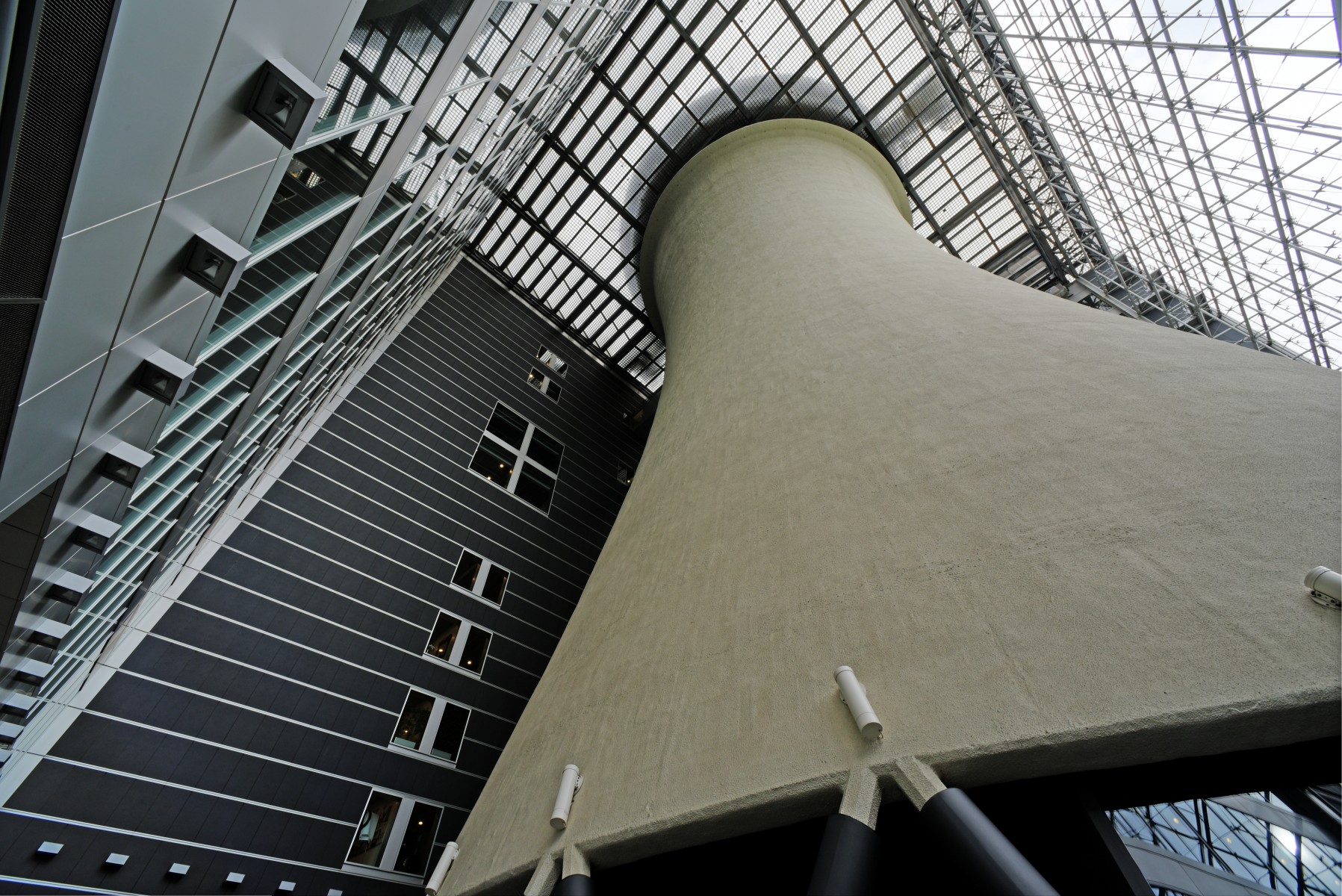PIRELLI: ITS DIGITAL TRANSFORMATION TOLD IN THE 2017 INTEGRATED ANNUAL REPORT
IN THE “DATA MEETS PASSION” ANNUAL REPORT THE STORIES OF FIVE 4.0 ITALIAN CRAFTSMEN, ILLUSTRATED BY EMILIANO PONZI IN 3D AND VIRTUAL REALITY
THE WRITERS MOHSIN HAMID, TOM MCCARTHY AND TED CHIANG TELL HOW DIGITAL TECHNOLOGY IS TRANSFORMING OUR WORLD
Milan, 15 May 2018 – Digital technology is transforming companies making them faster, more agile and competitive. That’s what is happening inside Pirelli which, in the 2017 Integrated Annual Report, accompanies the story of its digital transformation with those of five 4.0 craftsmen who have been able to see in digital transformation the key to making their businesses grow. “Data meets passion”, this is the title of Pirelli’s 2017 Integrated Annual Report, continues what has now become a Pirelli tradition of presenting its annual report by going beyond numbers to art and literature thanks to the artistic and cultural contributions of the artist Emiliano Ponzi and three internationally famous writers: Mohsin Hamid, Tom McCarthy and Ted Chiang. They have been given the task, in fact, of telling how digital technology imposes changes on society and people.
In Pirelli digital innovation has brought, among other things, great organizational, process and also cultural changes which, together, have projected the company into the advanced industry 4.0 model, a digitalization process which has allowed Pirelli to revolutionize the relationship with its customers, as testified by the launch in 2017 of Connesso and in 2018 of Cyber Car, both presented successfully at the Geneva Motor Show.
Equally successful are the stories of the five 4.0 craftsmen, who have been able to develop their own business ideas into an advanced technology model, which are told in the annual report. It is the case of 3Bee, for example, a company that has developed a high tech beehive which permits – through the use of sensors – the remote monitoring of the hive’s entire production cycle. Alter Ego, on the other hand, a company founded by a former architect, thanks to 3D software produces ecologically sustainable, made-to-measure surf boards. Demeter.life, using blockchain technology, has been able to create a direct relationship between consumers and farmers of the world to improve sustainable agriculture. Tappezzerie Druetta is a company managed by two siblings who relaunched a family business (born in 1953), using 3D projection and virtual rooms that allows customers to order tailor made design products. In conclusion, Differenthood, a company which launched the first online platform where - beginning with 5,000 fabrics and over 1 billion possible combinations – allows you to create unique items of clothing and 100% Made in Italy that can then be shared with the community, earning when other users buy them.
The 4.0 “companies” of these young entrepreneurs were illustrated - with an equally innovative technique – by Emiliano Ponzi, an internationally famous artist who has produced cover art for some of the most prestigious international publications, including The New York Times, New Yorker, Le Monde, Esquire, and Vogue. Ponzi used for the first time an innovative technique for painting in virtual reality and - thanks to his style based on essential lines and pastel tones – created 3D environments and 360° immersive videos constructing the worlds of the five 4.0 craftsmen and how they have changed their part of the world.
For Tom McCarthy - one of the writers called upon by Pirelli to recount the impact of digital technology on our lives - “the ascent of digital culture…. politics itself becomes a literary question. Literary in the sense that public — and private — life finds itself governed by inscription: when everything gets notated in some data-ledger, then experience itself, and with it the question of agency (are we free subjects? or are all our gestures and decisions ruled and determined by the algorithms), boil down to moments and acts of writing”.
On the other hand, writes the American Ted Chiang, observes: “I expect that in the future, when you need to prepare a speech, you will use software to help you formulate your ideas… I don’t know what that software will look like, but it will make it easy to express ideas that we currently struggle to convey with words arranged in rows inside a rectangle. The advantages of such software may not be obvious when we first see it, just as the advantages of writing weren’t immediately obvious”.
Over 145 years of disseminating its entrepreneurial culture, always in search of the newest forms of linguistic expression and communication, Pirelli has collaborated with major designers, graphic artists and national and international photographers and from 2010 the company has enriched its Annual Report with the contribution of personalities from the world of art and culture.
Over the years, a variety of artists of different backgrounds, nationalities and generations have represented in original and unique ways the “soul” of Pirelli. In the 2010 Annual Report there were images of students by the photographer Naba of Milan; the following year the Pirelli Annual Report was enriched with 18 plates by the illustrator Stefan Glerum; in 2012 it was the turn of New Yorker cartoonist Liza Donnelly; in the 2013 Annual Report the author and script-writer Hanif Kureishi coordinated 10 young international talents who interpreted the concept of “the wheel” in the “Spinning the wheel” project; in 2014 street art occupied the pages of Pirelli’s Integrated Annual Report with three works by the Brazilian Marina Zumi, the German Dome and the Russian Alexey Luka assembled into a pyramid installation shown in Pirelli HangarBicocca; the following year Pirelli called on the Russian artist Pokras Lampas, an exponent of modern calligraphy, to represent the value of “uniqueness” through two elements which are by definition exclusive: handwriting and finger prints.
















